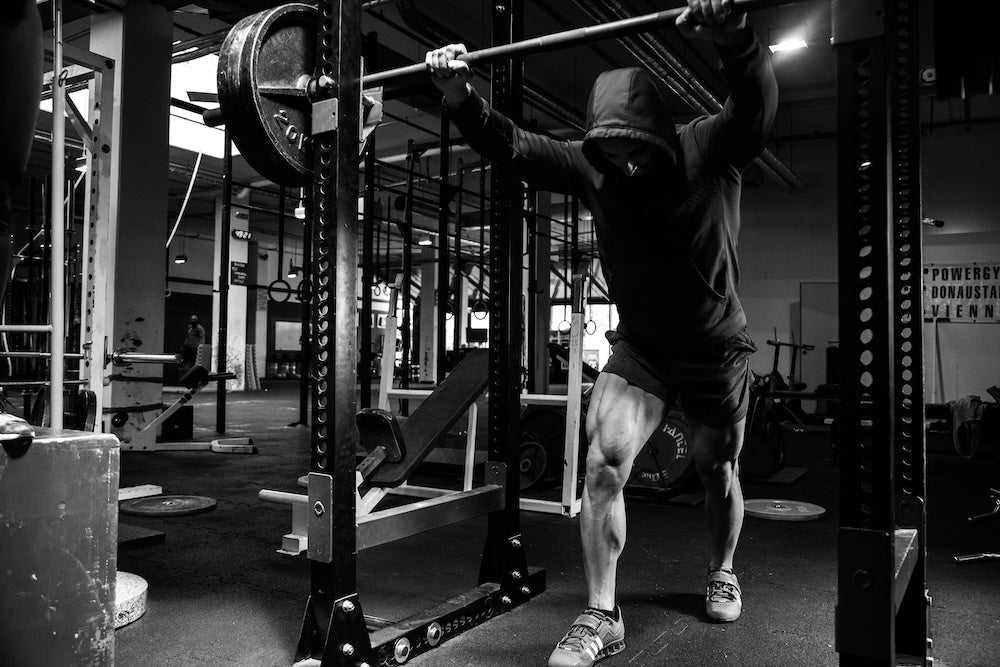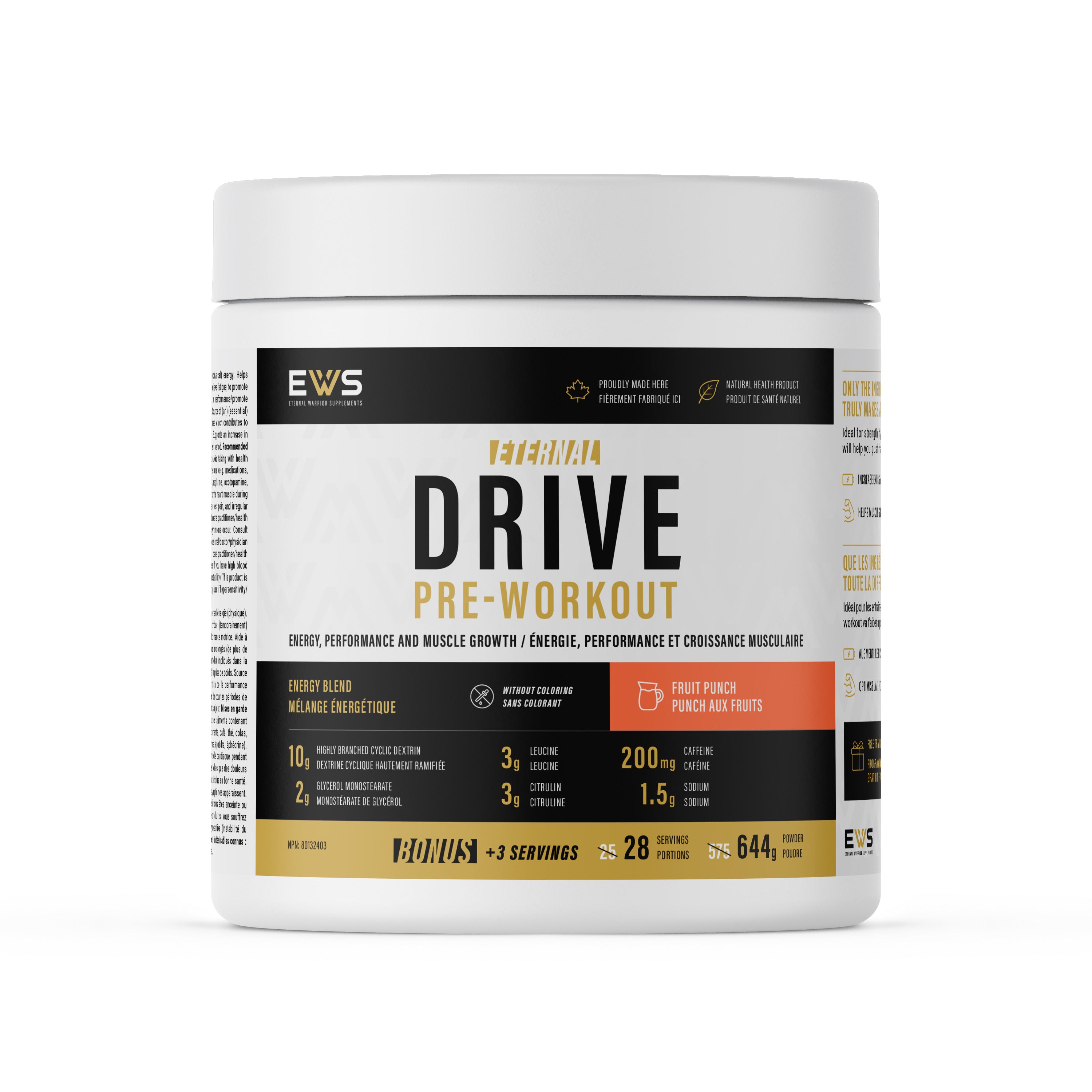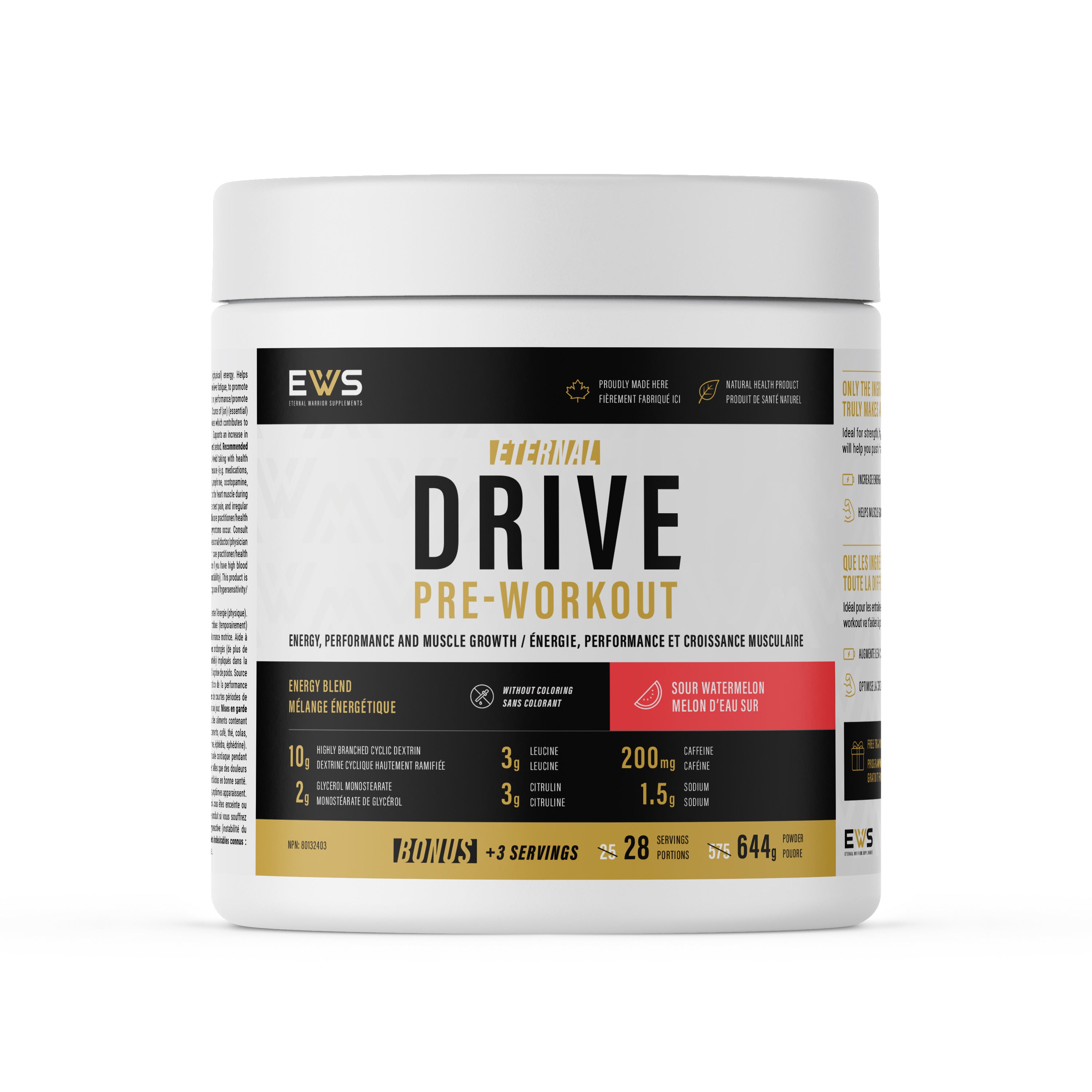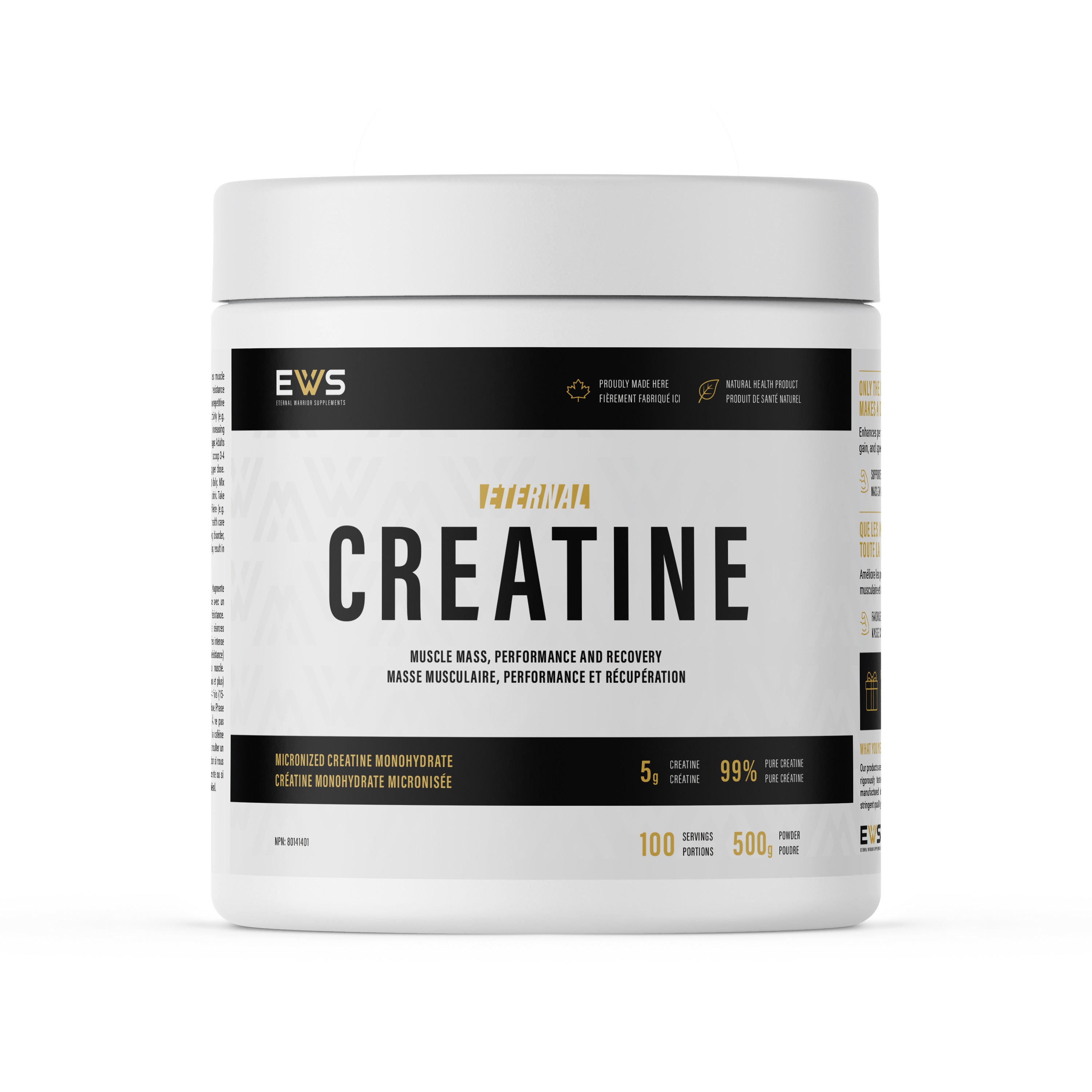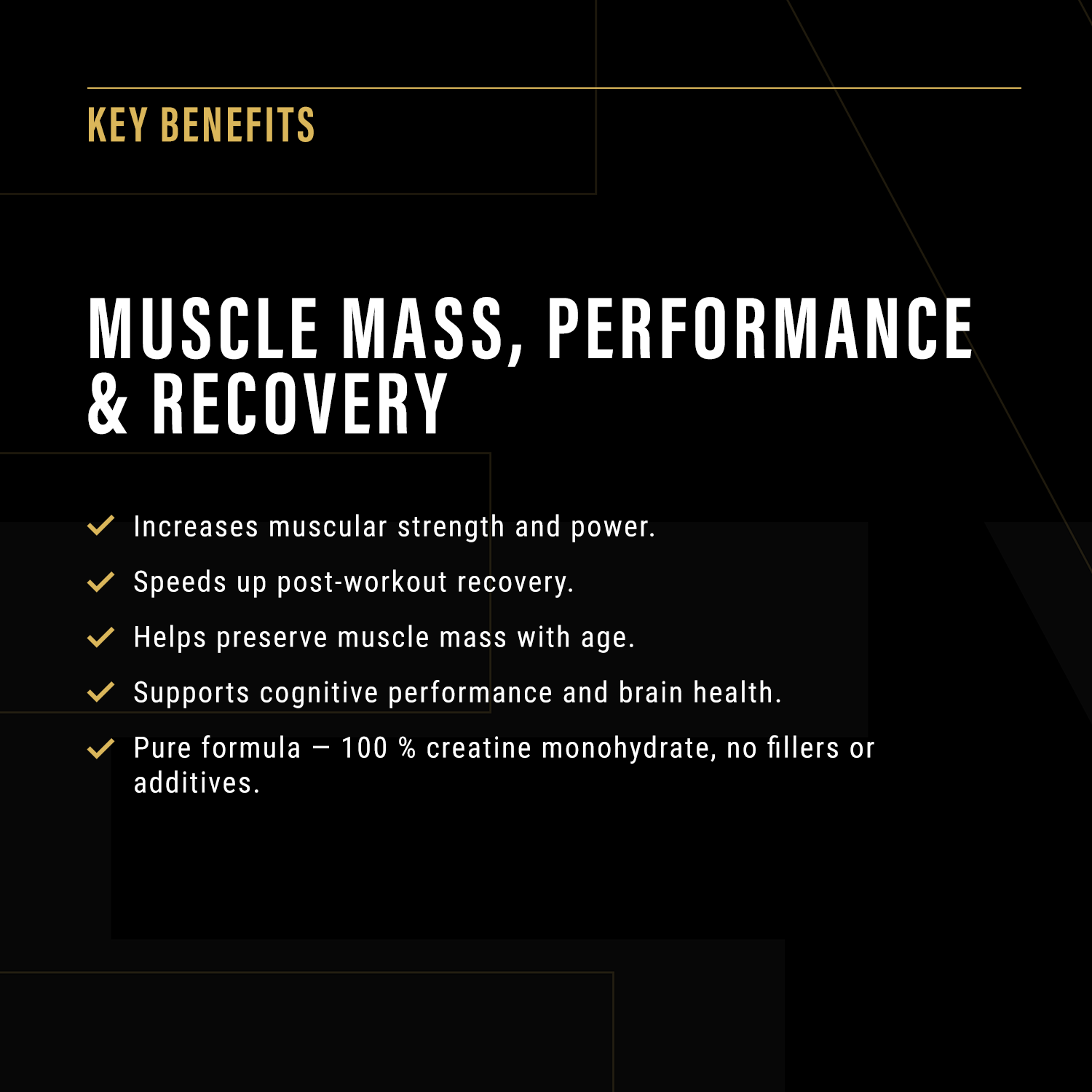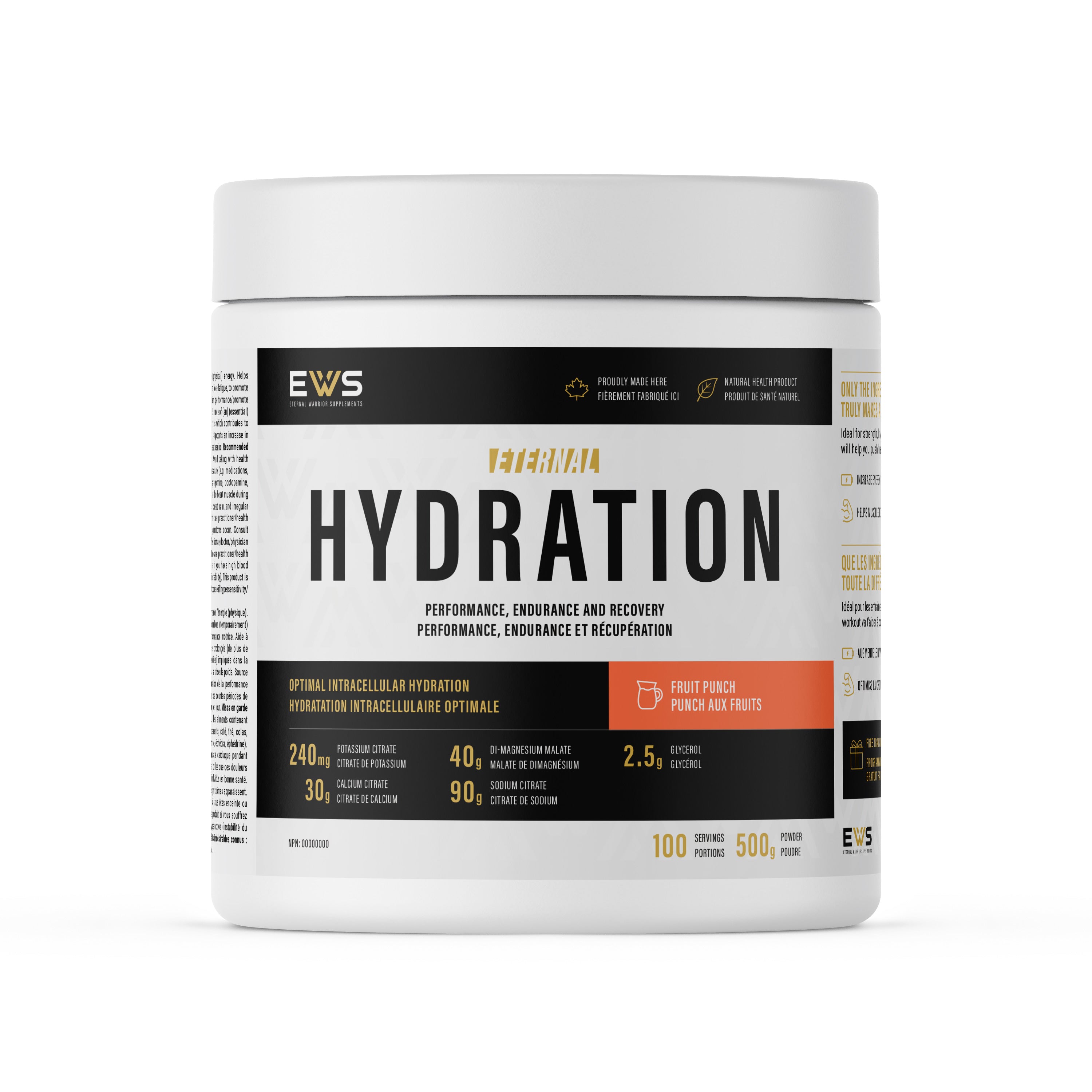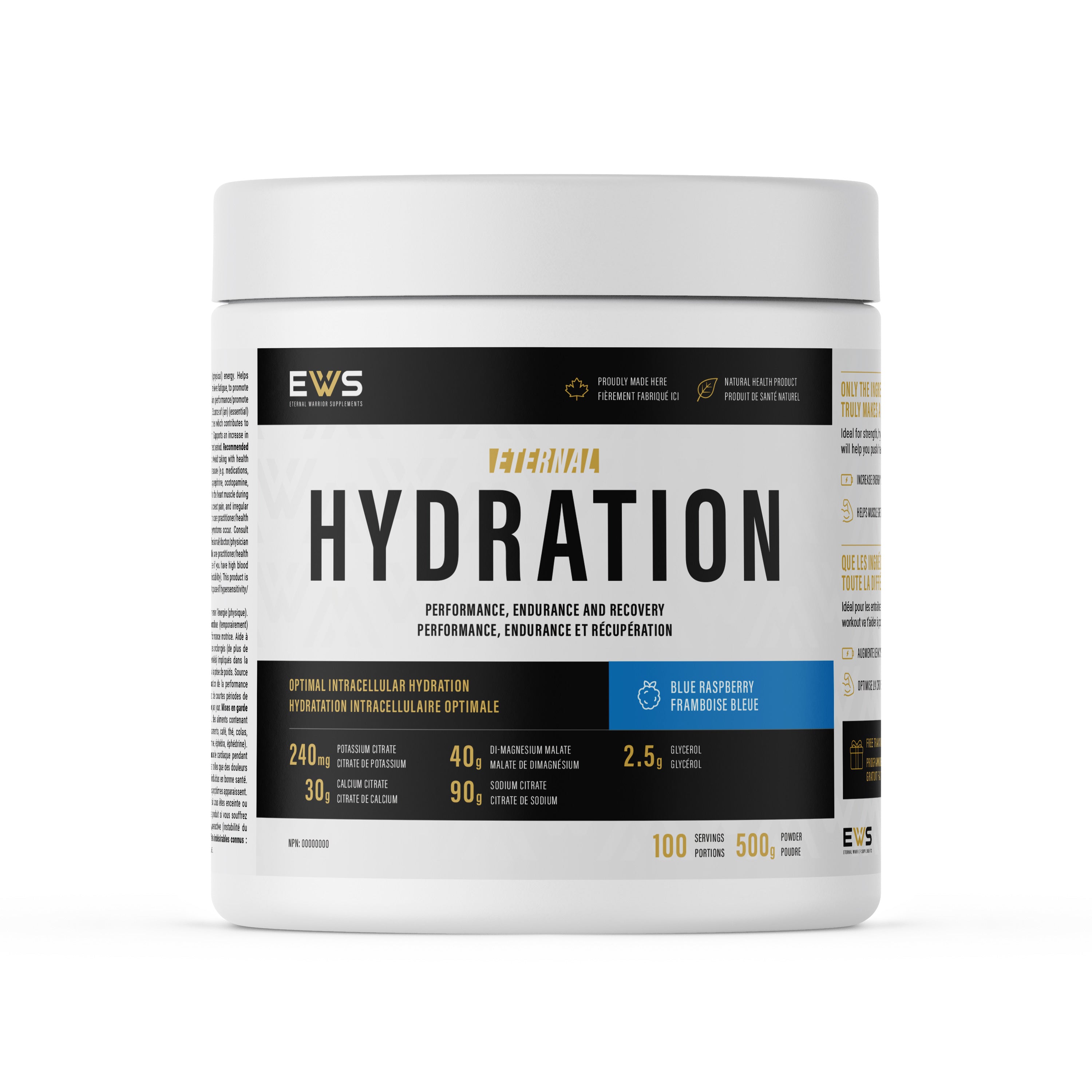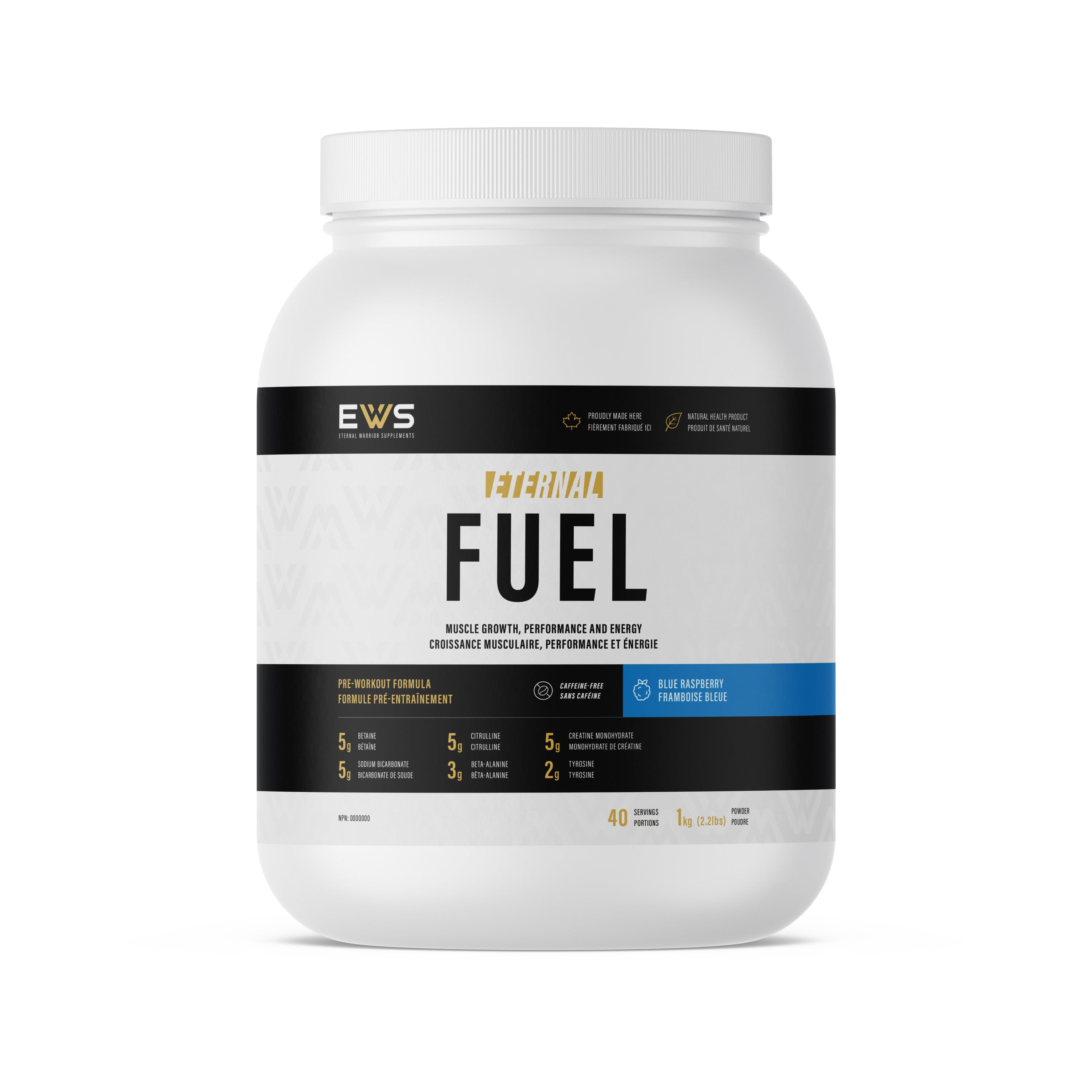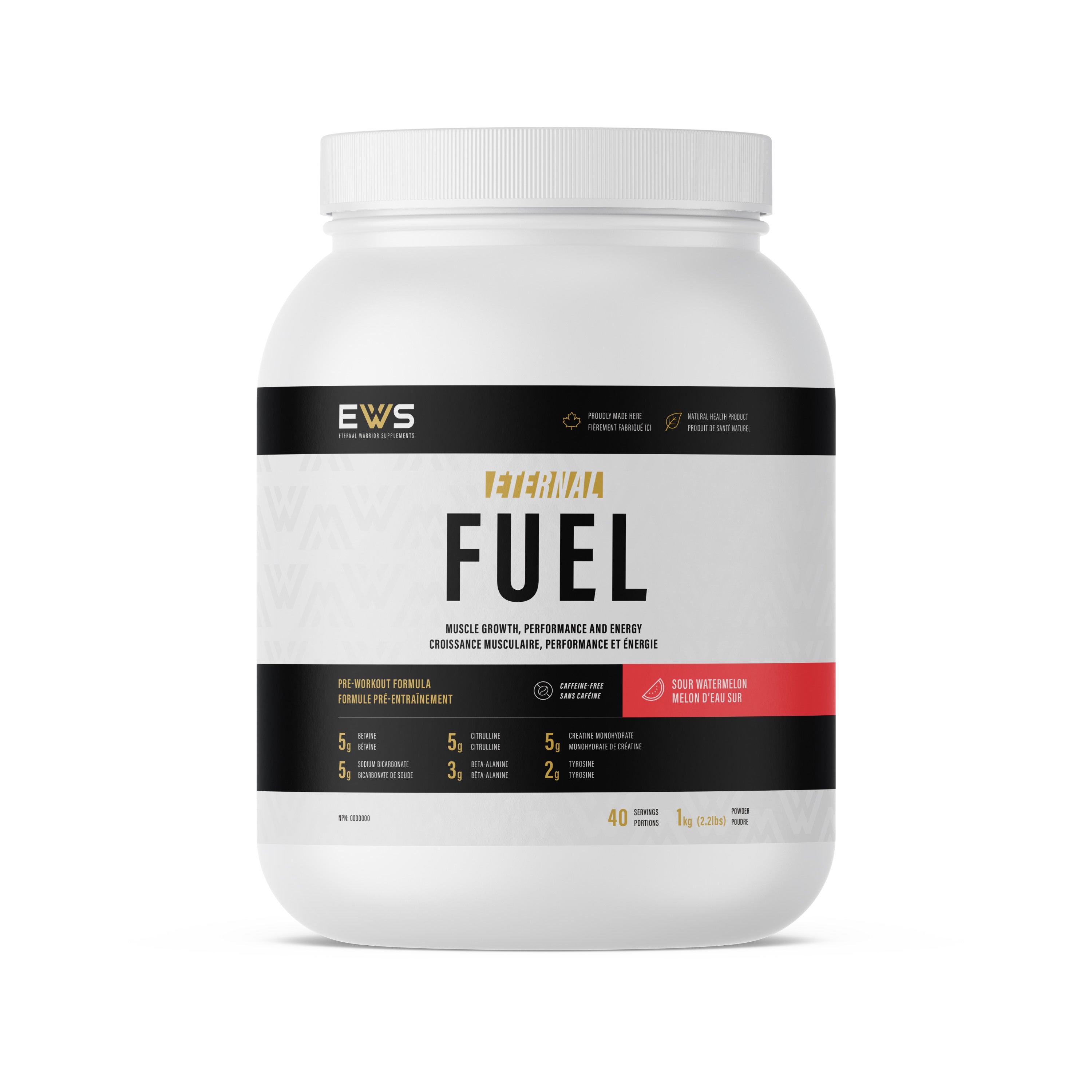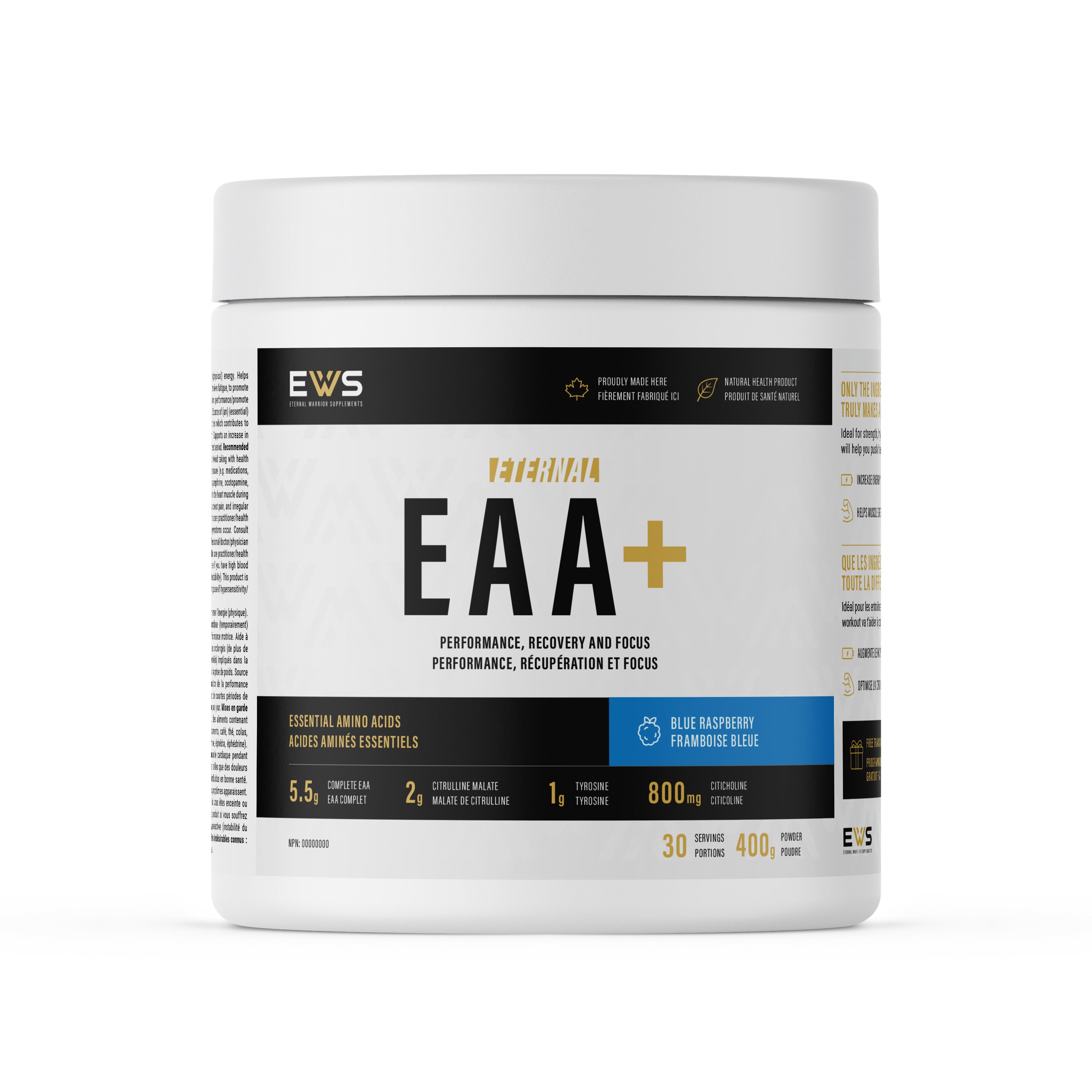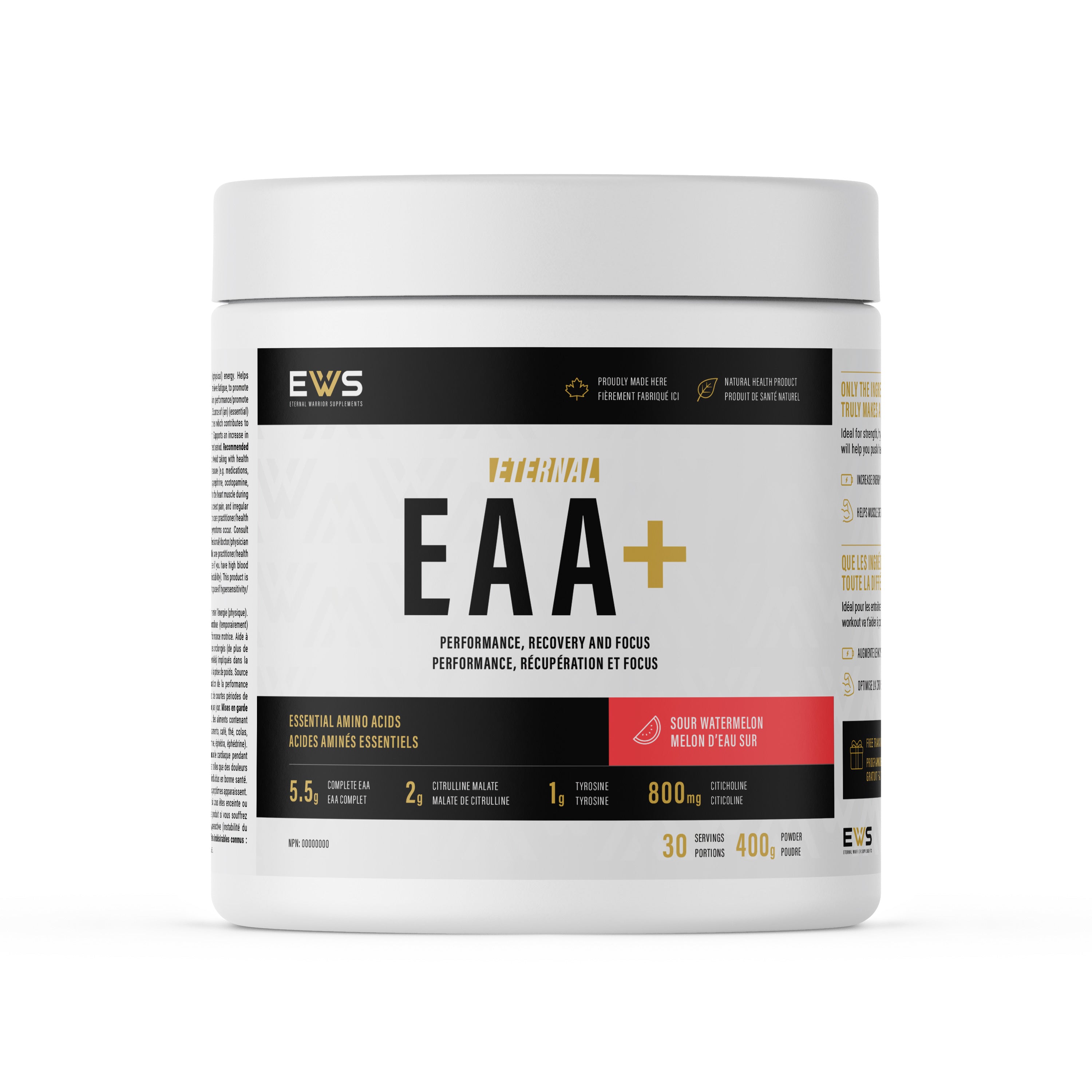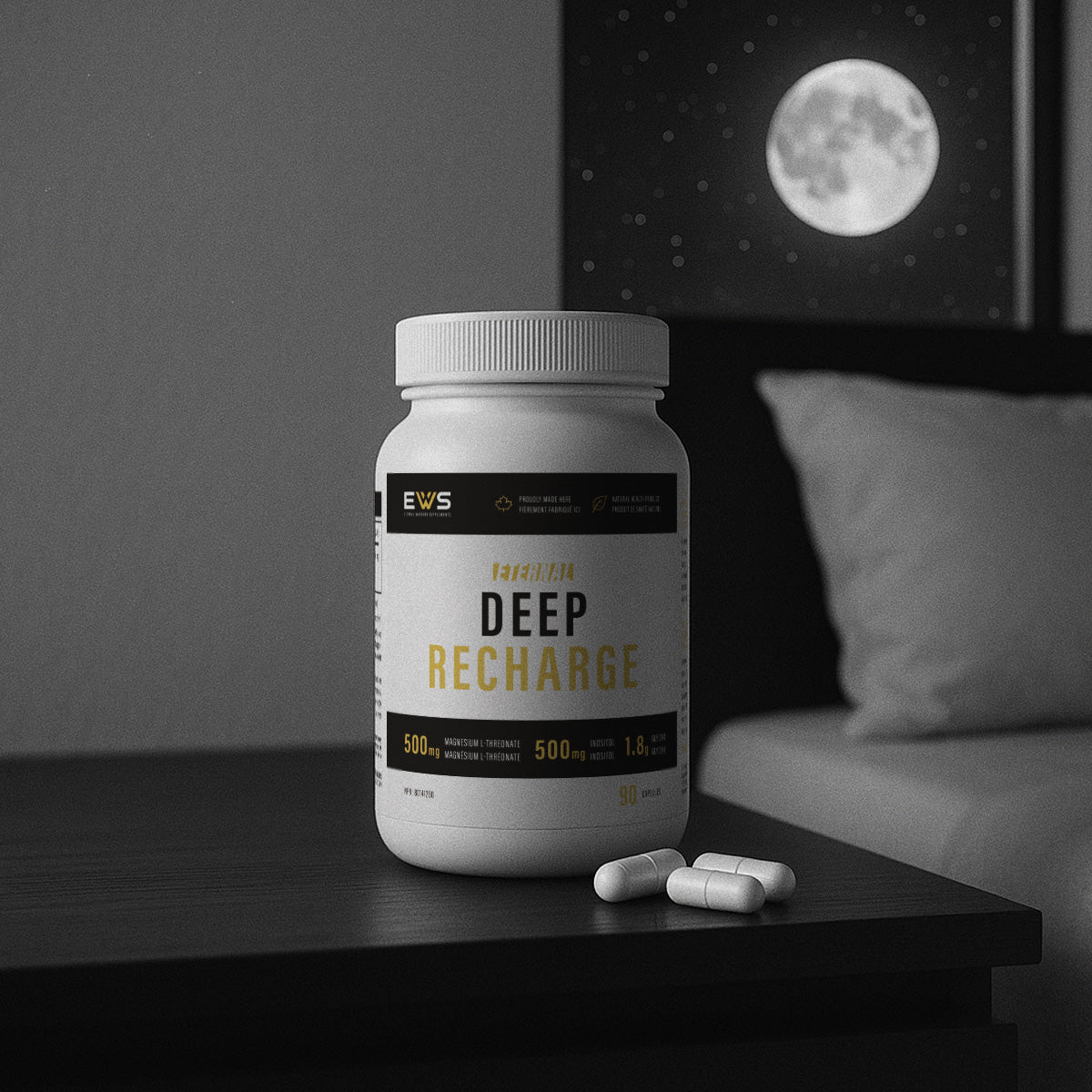By Christian Thibaudeau
The kid came in grinning the way a guy grins when he’s just figured out that steel answers prayers. You could see it in his gait. He had the look—shoulders notched a little wider, traps creeping up his neck like bullish shadows, sleeves beginning to remember what they were sewn for. Chalk on his hands, a scuff of bar knurling on his shins, and that new lifter light in the eyes that says: By God, this stuff works.
He’d been on the big basics for a stretch—snatch-grip high pulls that ripped him upright like a bell rope, Zercher squats that left the crooks of his elbows tattooed purple and his legs humming like power lines, military presses strict enough to make a drill sergeant nod, bench presses like railroad work, and Pendlay rows that taught his back to behave like a dockyard winch. The kind of lifts that don’t ask your opinion.
And it was working. His back had ridges. His chest had thickness. His delts woke up. Traps that used to hide now introduced themselves first. His legs quit their excuses. Muscle was showing up in all the right zip codes.
But his biceps—those stubborn badges of youth—were lagging behind. Not puny. Just not keeping pace with the rest of the parade. He’d flex and get a good, honest lump—something to hang a confidence on—but the peak wasn’t there, the meat wasn’t there, not the way his lats and chest announced themselves. You could tell it was starting to itch at him.
Christian Thibaudeau was at the far rack, the easy posture of a coach who’s seen a thousand small crises and driven them all into the dirt with the same two tools: discipline and a plan. He doesn’t talk loud unless he has to. You want the answer, you walk over and ask.
Big Charles, the powerlifter, was pulling plates off a trap bar like he was shelling peanuts. He’s strong in the way a barn is strong—just there, immovable, squatting seasons into the floor and shrugging them up again. His forearms look like they’ve been carved out of cable. He doesn’t do much about his arms; he just does everything hard, and the arms arrive like a delivery you forgot you ordered.
Skinny Pete was over by the dumbbell rack doing his nineteenth curl variation of the afternoon—hammer-reverse-Zottman-incline-twist-and-hold—lips pursed like he was playing a trumpet nobody asked to hear. He’s a good kid, Pete. Hard worker. But he’s been circling the same drain for years: lots of pump, not much freight. A high-volume expert on small loads.
The kid waited for a set to end, then slid into the quiet between plates.
“Coach,” he said to Thibaudeau, “the big lifts are going great. Back, chest, traps, delts, legs—everything’s rolling. But my biceps aren’t catching up. What can I do?”
Thibaudeau nodded once, like he’d been waiting for the question since the day the kid learned what a barbell was.
“You want arms to grow,” he said, “you’ve got to stop letting them ride shotgun. For a while, they drive the car. Here’s the recipe.”
He didn’t pause for effect. He just laid it out, kitchen-counter style, like you were learning to fry eggs.
- “Start every workout with close-grip chin-ups. Do twenty total reps. Take as many sets as you need to get there, but over time try to get to twenty in fewer sets. When you need only two sets, start adding weight.”
- “Then do two sets of five reps on curls. Use a weight you could get for seven reps. Add a small amount of weight every sixth workout.”
He let the shape of it hang there a second, short and sharp as a commandment. Then he added the why—because he always adds the why.
“By putting the biceps work first,” he said, “you hit them on a fresher nervous system. That makes it easier to recruit the fast-twitch fibers—the ones that grow when you treat them right. And by doing both every workout, you grease the groove—Pavel’s phrase. You get better at turning the biceps on. Motor learning compounds. Skill and strength marry. That’s how you make a reluctant muscle give up ground.”
Big Charles snorted, which is his way of saying amen. Skinny Pete caught the phrase “two sets of five” and frowned like someone had just told him dinner was a side salad.
“Two sets?” Pete said. “That’s it?”
“That’s it,” Thibaudeau said. “Done right, done heavy, done often.”
Pete went back to his curl intern program, deeply skeptical. Charles picked up the trap bar and launched the rest of his warm-up like a departing plane.
The kid wrote it down. Not on his phone. Not on an app. On a beat-up spiral notebook with a bent wire and sweat-blurred pages. That matters. The iron loves humility.
Why This Works (and Why Pete’s Doesn’t)
Programs are little stories you tell your body until your body believes them. The story here is simple: Your biceps are important, now act like it.
When they’re first, they’re not an afterthought. When they’re trained heavy and crisp before the main meal, the nervous system—sleepy dragon that it is—wakes fully and sends the good cavalry. When the pattern is repeated frequently, the wiring gets cleaner, faster, and more confident. That’s motor learning. That’s the groove, greased.
Close-grip chin-ups are the anchor. They’re not a “biceps isolation” exercise—saints preserve us from isolation myths—but they are a biceps dominated compound done from a strong, honest position. You fight your mass against gravity, track your elbows down and in, lock your ribs, and pull your chest to the bar. Lats, teres, lower traps, rhomboids, forearms, core—every one of them shows up to the job. But set the grip closer—just inside shoulder width—and keep your elbows in front of your ribs, and the biceps get front-row seats to the show.
Twenty total reps is the magic number here—not because a prophet wrote it in a cave, but because it’s enough volume to matter without being enough to sink the ship. Taking as many sets as needed to get those twenty is a private lesson in honest progression. Early on, you might need five or six sets to get there. Fine. You log it. You come back. You try to do it in four. Then three. When you can do two sets to hit twenty reps, you stop congratulating yourself and start hanging plates off your waist like a pirate’s belt. That’s how men turn into oak trees.
Two sets of five curls with a seven-rep weight seems humble in a world drunk on volume. But heavy fives are the old-timers’ secret handshake. They’re low enough to demand tight form and merciless tension, high enough to keep the joints honest, heavy enough to stimulate the big fibers, and short enough not to cut into the rest of the session. The “seven-rep load” is your internal governor: you could grind seven, but you stop at five—every rep crisp, every elbow quiet, every forearm a steel cable. Then, every sixth workout, you bump the load a little. Not a festival of plates. A nudge. Progress, not theatrics.
Compare this to Skinny Pete’s Carnival of Curls. Twenty flavors, thirty sets, four tempos, ten pump sets to failure, and a week of elbow tendonitis for dessert. Your arms get tired, sure. They even get a temporary swell—blood and hope and lactic acid. But they don’t get a clear signal, and they don’t get progressive overload. The nervous system doesn’t learn much except how to flail more creatively.
The iron doesn’t care about novelty. It cares about truth told consistently.
How to Set It Up (So It Survives Contact with Real Training)
You don’t scrap your program. You don’t burn down the house to build a gazebo. You keep your big basic lifts—they’re the farm that feeds the town. You simply specialize for a season: make the biceps the first order of business at the start of every workout, then go do your regularly scheduled war.
A sample week might look like this:
-
Day 1 (Pull/Press Dominant):
A. Close-grip chin-ups — get 20 total reps in as many sets as needed.
B. Standing barbell curls — 2 × 5 with a 7-rep weight.
C. Snatch-grip high pulls — multiple hard triples or 5×3, tight and fast.
D. Bench press — heavy work sets (e.g., 3×5 or 5×3).
E. Pendlay rows — 4×6, dead-stop discipline. -
Day 2 (Lower/Overhead Dominant):
A. Close-grip chin-ups — 20 total reps.
B. Standing barbell curls — 2 × 5.
C. Zercher squats — climb to a tough 3×5.
D. Military press — strict sets, e.g. 5×3.
E. Optional posterior chain: RDLs or back raises — tidy sets. -
Day 3 (Whole-Body Emphasis or Repeats):
A. Close-grip chin-ups — 20 total reps.
B. Standing barbell curls — 2 × 5.
C. Repeat the big lifts you’re prioritizing this cycle. Keep quality high.
That’s it. The “arm specialization” isn’t a separate training day or a circus of pump work. It’s the first 10–15 minutes of every session, performed with priestly attention, and then you go lift like you mean it.
Technical Notes That Will Save You Months
- Close-Grip Chin-Up Setup: Hands just inside shoulder width. Full hang at the bottom without going slack like a hammock. Brace your ribs—don’t flare. Think “elbows to ribs” on the way up. Chin over the bar is the minimum—aim chest to bar. Control the eccentric; don’t dump it. If your shoulders get cranky, supinate the grip a bit more or play with a neutral handle—but keep it close and keep elbows in front of you.
- How to Accumulate 20 Reps: If your first set is 6 and it fades to 4-4-3-3 to get to 20, good. Next time aim 7 on set one, or try 6-5 before the drop-off. You’re teaching your nervous system how to repeat good reps. That’s the groove being greased.
- When You Hit 20 in Two Sets: That could be 10 and 10, or 12 and 8. Either way, start adding weight—dip belt, dumbbell between the feet, or plate pinched between crossed ankles. Add modestly. Pride ruins elbows.
- Curl Mechanics: Barbell curls or EZ-bar curls. No sway. No hip English. Wrists straight. Bar path like a drawbridge. Squeeze hard at the top without hiking your shoulders. Lower under control. If elbows complain, swap to the EZ-bar or use thick-handled grips for a spell.
- Rest and Rhythm: Chins get as much rest as you need to keep them clean—60–120 seconds between sets early on, up to 180 seconds for heavier sets once you’re loading. Curls rest 2–3 minutes between the two sets. Don’t rush, don’t dawdle.
- The Sixth-Workout Rule: Log every session. On the sixth time you’ve performed the curls, add a small plate—1–2 kg total, or even microplates if you’ve got them. That’s about two weeks if you train three days per week. The increase is small by design; the body accepts small debts more readily than big ones.
- Total Volume Control: The biceps work is deliberate and limited so it doesn’t poison the well for your main lifts. You’ll feel more “awake” in the pulling and pressing after the chin-ups. That’s good. If your main lifts suffer, you’re either rushing, swinging the curls, or undersleeping. Fix the problem, not the plan.
The First Month: Humility and Rope Burn
The kid started on a Monday, which is the day the world prefers to be brave. His first set of close-grip chins, he pulled 7 honest reps, dead hang to chest-to-bar, legs quiet. Then 5. Then 4-3-1 to get to twenty. He wrote 7-5-4-3-1 in the notebook and underlined it. The curls were with a bar that felt like it smiled at him—he could’ve ground seven, so he made himself stop at five, twice, each rep a showpiece.
By Friday he’d hit 8 on his first set, then 5-4-3 to finish. He did his snatch-grip high pulls afterwards with a little extra snap, something the chin-ups had breathed into his lats and traps. The bench didn’t suffer. The rows, if anything, felt tighter.
Pete watched him, baffled.
“You’re only doing two sets of curls,” Pete said. “I do twenty.”
“And you’ve had the same arms since the government switched currency designs,” Big Charles said, not unkindly. “Maybe try less perfecting and more improving.”
Pete went back to his catalog.
By the third week, the kid hit 10 on set one. A small victory written like a headline in the notebook. He came in Thursday a little sleep-starved and only managed 8-6-4-2. Still twenty. Still honest. He didn’t sulk. He logged it and trained his lifts. Progress isn’t a straight line; it’s a country road with potholes and scenery.
On the sixth workout, he added a tiny bit to the curl—just a pair of microplates that made the bar tinkle when he racked it. He didn’t feel heroic. He felt responsible. The next five workouts he stayed there, getting smoother and tighter. On the twelfth, he added again.
The Second Month: Two Sets to Twenty
By the end of the second month, the kid walked in a different way. Nothing dramatic—confidence never is. He hit 12 on his first set of chins, then 8 on the second—twenty reps in two stops. The bar didn’t celebrate. Bars don’t care. He looped a 10-kilo plate on his dip belt the next session and started again: 7-5-4-4, building back toward 20 with weight hanging between his knees like a promise.
His curls were still just two sets of five, which was starting to feel like an inside joke. A couple of the gym tourists asked him where he hid the other eight sets and supersets and drop-sets and widowmakers. He smiled and pointed at his logbook, which is where the work actually lives.
One evening I caught him between sets, and he rolled his sleeves up the way a man rolls them up when he’s about to wash a car, not like a peacock fluffing. The biceps didn’t look like they’d been inflated at a fairground. They looked thicker. The tendon lines at the elbow were cleaner. The brachialis was starting to push out like a stubborn ridge. When he flexed—quietly, privately, in the corner—you could see the peak thinking about its future.
Pete noticed, too. He tried to copy the “20 total chins” plan, but on day three he dumped two arm days back in because he “missed the pump.” It’s hard to change your religion.
Big Charles didn’t say much. He just nodded once in a while the way strong men nod when they recognize a pattern that has worked since Atlas had his first yoke.
What’s Actually Happening Under the Hood
Let’s be clear about the technology here. You’re not tricking your arms with secret angles. You’re not chasing a pump until your elbows file a grievance. You’re stacking advantages:
- CNS Freshness: Early in the session, the nervous system is less fatigued. You can recruit higher-threshold motor units—the fast-twitch fibers with real growth potential. If you leave biceps to the lonely end of a long workout, you’re asking a tired brain to call for an energetic army.
- Compound Priority: The close-grip chin-up is a compound that loads elbow flexion under the honest pressure of bodyweight (and then more). Compound lifts teach muscles to cooperate, which lets you use more load at cleaner mechanics than you can isolate out of thin air.
- Grease the Groove (hat tip to Pavel Tsatsouline): High-frequency practice with modest volume builds skill. Skill in this case is crisp recruitment of the elbow flexors in a path and posture that overloads the biceps safely. The signal gets faster; the interference drops.
- Low Noise, High Signal: Two hard sets of five curls stop you from mistaking fatigue for progress. They shove strength up without making your elbows into a science project. They’re easy to log, easy to progress, and hard to fake.
- Progressive Overload with Patience: Adding weight to the chins when you earn the two-set twenty, and adding a small increment to curls every sixth workout—these are slow ratchets. Slow ratchets don’t slip backward. Fast ratchets do.
- Interference Control: Because the biceps volume is modest, your big lifts keep rolling. You don’t have to choose between arms and totals. You get both—one nibbling at the margin, the other feasting at the center.
The Quiet Rules (Write Them Down)
- Every workout, first thing: Close-grip chins to 20 total. Then 2 × 5 curls with a 7-rep weight. No exceptions. Not “arm day.” Not “if you feel like it.” Every workout.
- Log it in ink. Sets and reps on chins, load on curls, any notes about form. The logbook is your coach when you’re alone.
- Make the reps beautiful. No kipping, no hip heave, no top-end shrug. Save the drama for your PRs on the big lifts.
- When twenty reps in two sets happens, load the chins. Start small. Earn the right to add more.
- Every sixth curl workout, add a little weight. If form slips, you added too much. Take it back down. No shame in honest loads.
- Keep the main course. Snatch-grip high pulls, Zercher squats, military press, bench press, Pendlay rows—keep training them hard. Your arms grow better when the rest of you is thriving.
- Eat and sleep like growth is a job. Because it is. You can’t noodle your way to bigger arms on five hours of sleep and a salad.
- Give it twelve honest weeks. Not three. Not until your buddy’s bachelor party. Twelve. Then measure, compare, and decide the next move.
Twelve Weeks Later: The Armistice
Twelve weeks is a long time when you’re impatient and a blink when you’re busy. The kid made it through like a man pays the mortgage: quietly and on time.
By the third month he was hanging twenty kilos on the dip belt and opening with sets of eight and seven, then finishing in threes and twos to hit twenty. The curls moved from “I could do seven” at 35 kilos to that same honest relationship with 42.5. Not dramatic in a YouTube sense. Titanic in a human one.
We measured—because if you don’t measure, you remember whatever flatters you. Upper arm cold, tape level, elbow at ninety. He’d put on just over an inch, which doesn’t sound like a miracle until you look at the whole of him: back thicker, chest broader, delts rounder, legs still loading like a freight schedule, and the arms now matching the story the rest of his body told.
Skinny Pete looked at the numbers like they’d been forged. “I’ve been hitting arms for an hour every arm day,” he said.
“Maybe let them recover long enough to miss you,” the kid said, and then went to warm up his chins.
Big Charles finally indulged himself with a line. “Strength,” he said, “is like a good reputation. You build it by doing the right thing when nobody’s watching.”
Pete nodded, like maybe he’d heard a sermon disguised as a shrug.
Troubleshooting the Plan (Because You’re Human)
- “My elbows bark on chins.” Check your bottom position. Don’t hang slack—stay “long but alive,” lats set, lower ribs down. Supinate fully if your elbows tolerate it; if not, use a neutral grip or rings with a close width. Control the eccentric. Ice after. Light soft-tissue work on forearms if needed.
- “My shoulders feel pinchy.” Pull the chest to the bar, not the chin. Think “elbows forward.” Keep your neck long. If needed, elevate to a low box for a partial range for a week, then descend toward full ROM again.
- “My curls feel in my forearms more than biceps.” Supinate harder. Use an EZ-bar if straight bars aggravate your wrists. Keep elbows a touch in front of the body instead of pinned behind you. Try a 2-second eccentric.
- “Main lifts are slipping.” You’re under-recovered. Look at sleep first. Then see if you’re turning the chins into heroics—you should leave some salt in the shaker. Drop the chin volume to 15 total reps for two weeks, then climb back.
- “I’m already strong at chins; twenty in two sets is easy.” Start weighted immediately. Keep the two-set cap. Progress the load modestly each week until rep quality threatens. Then milk that plateau with tighter reps before nudging up again.
- “I lift four days per week.” Good. Do the same thing: start every workout with the 20-rep chin total and 2×5 curls. The total weekly frequency is the feature, not a bug.
- “Can I swap curls?” If your elbows demand it, yes: EZ-bar, dumbbell alternates, or incline dumbbell curls are fine. But pick one and stick to it. The progression math stays the same.
What You Learn Besides Growing Arms
You learn that the glamorous solution is rarely the effective one. You learn that first-things-first is not a slogan—it’s a method. You learn that frequency programmed sanely beats volume sprayed carelessly. You learn that the nervous system is the king who must be courted before he’ll send the army.
You learn that Big Charles didn’t get those arms by collecting exercises; he got them by committing sins of effort against the deadlift and the squat, by pressing like he meant it, and by letting time do the heavy lifting. You learn that Skinny Pete isn’t doomed by his genetics; he’s just too busy to be consistent.
Most of all, you learn that progress feels like repetition. The notebook gets boring before the body gets interesting. That’s the trap door most lifters fall through. The way out is a pencil and a plan.
The Recipe Card (Tape This in Your Logbook)
-
At the start of every workout:
Close-grip chin-ups — 20 total reps. As many sets as needed. Make them clean.
When you can do it in two sets, start adding weight. -
Then:
Curls — 2 × 5 with a weight you could do 7 reps with.
Add a small amount of weight every 6th workout. - Then: Train your big basics as planned: snatch-grip high pull, Zercher squat, military press, bench press, Pendlay row. Lift like you mean it.
- Always: Log everything. Sleep enough. Eat like an adult. Give it twelve weeks.
Epilogue: The Bar Doesn’t Care, and That’s Why It Works
On a late Thursday the kid was finishing his curls—second set, fifth rep, teeth together, wrists locked. He racked the bar and didn’t look around for applause. He just wrote the number in his battered book and drew a tiny arrow—his personal hieroglyph for do that again next time, only better.
Big Charles slid a plate onto the bar with the tender indifference of a man who’s done it forever. Skinny Pete wandered by, paused, and—God bless him—did a set of close-grip chins before his curls, just to see how it felt. He only got five. That’s how the first day always looks.
Thibaudeau watched the room with that patient half-smile coaches get when the message has landed and all that remains is the work. He didn’t say much. He didn’t need to. The plan was simple enough to survive, hard enough to matter, and honest enough to deliver.
The iron doesn’t care how you feel about your arms. It cares how you train them. Put them first for a season. Give them twenty chins, clean and relentless. Give them two sets of fives with a weight that makes you respectful. Nudge the numbers forward on schedule. Then go lift your life into the rest of you.
Do that, and one day you’ll roll up your sleeves to wash your car and think, When did that happen? And the answer will be: every day, at the start of the workout, when nobody was watching but the bar.







